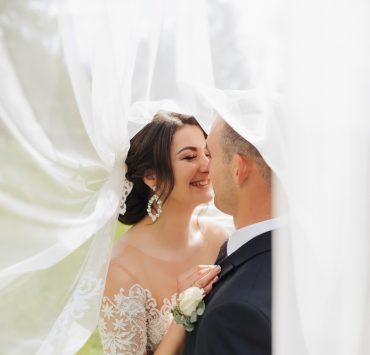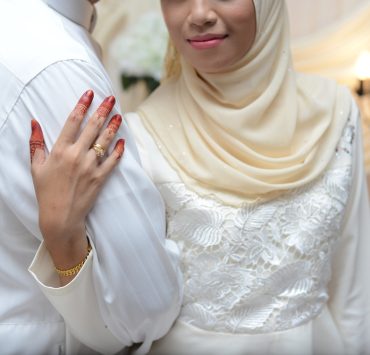The Philippines is a country rich in cultural diversity with each region boasting its unique customs. And among the indigenous communities in the northern part of Luzon, the Igorot’s traditional wedding practices stand out because of their vibrant celebrations.
The Igorot people have preserved their rich cultural heritage for centuries. Like other tribal weddings in the Philippines, their traditions nowadays are still prevalent with a few modern twists. To fully appreciate their wedding practices, let’s take a glimpse into their deep-rooted customs.
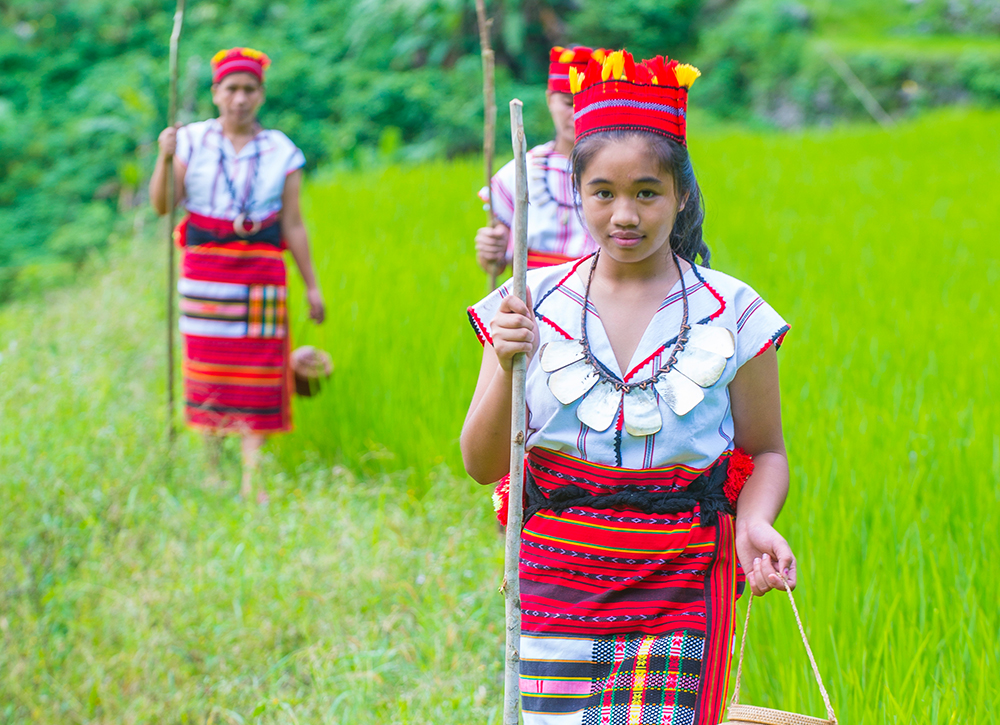
Preparations for an Igorot Wedding Ceremony
Like other traditional marriages, the Igorot tribe’s wedding practices begin with courtship as early as a child’s teenage years. Then, during the wedding itself, traditional garbs are prepared, and tribal dances are rehearsed to celebrate the wedding of the bride and groom.
For a deeper understanding of Igorot wedding arrangements, here are a few practices of what and how the tribe prepares:
- Courtship
At an early age, boys and girls go through a trial marriage where boys are encouraged to live in a dap-ay (boy’s ward) while girls live in an ebgan (girl’s dormitory). Typically, the dap-ay is used as a center for religious rites, tribal gatherings, and meetings. However, it’s also considered a place where young boys are taught discipline, traditions, and taboo practices.
On the other hand, the ebgan is a place where unmarried girls gather to be visited by their suitors. This is where their love affairs can begin. The main purpose of this dormitory is to teach young girls and boys proper courtship practices in preparation for marriage.
- Traditional Igorot Attire
During the wedding ceremony, the bride and groom don traditional Igorot attire using their signature red garments with yellow accents. The bride typically wears a tapis (woven skirt) and a kimat (handwoven top), while the groom wears a traditional loincloth called “wanes.” Traditional wedding garbs can also include feathered headpieces but this may be optional wear.
The Igorot’s wedding clothes showcase the rich weaving tradition of the people. They are adorned with intricate patterns and symbols that represent the tribe’s heritage.
Wedding Dance
Wedding celebrations wouldn’t be complete without a wedding dance, now would it?
Like modern wedding practices, traditional Igorot wedding ceremonies prepare dances to honor the union of two people. And while modern celebrations often have dances by the bride and groom, traditional Igorot customs have guests prepare the dance.
Typically, the wedding dance is done in a circle and moves counterclockwise. The dancers use gang-sa music as their tune and move their bodies in a four-step count.
With these three preparations, Igorot tribe members can host and take part in wedding ceremonies. Some of these customs can even be modified to suit individual couples, however, tribe members are still encouraged to practice the same marriage rites.
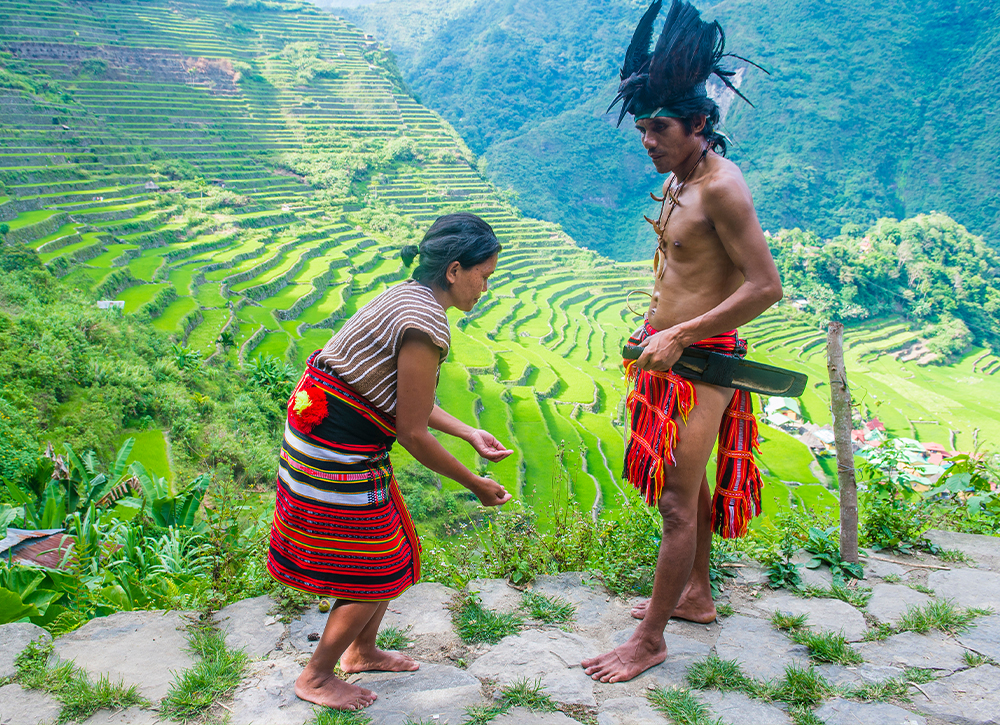
Igorot Traditional Wedding Rites
Once the bride and groom-to-be have acquired parental consent for their union, the Igorot wedding proper can begin. Generally, the wedding ceremony can last days, and is an exchange of food between the bride and groom’s families.
Day 1
During the first day of the wedding custom, the bride delivers the faratong (black beans) to the groom, signifying her intention to marry.
Day 2
The following day, the bride’s family sends out a khakhu (salted pork) to the groom’s family. As a response, the groom’s family also sends out sapa (glutinous rice) to the bride. These food are to be eaten and enjoyed by the couple’s respective family members including their realtives.
Day 3
On the third day, both families celebrate the insukatan nan makan––which refers to the exchange of food. This custom begins with the bride’s family inviting the groom’s parents to their house to have breakfast together. Later, the groom’s parents also invite the bride’s family for a similar meal.
Day 4
The next step in the wedding ceremony is called the “farey.” This is when the bride and her kaulog (close friend) visit the house of the groom. This act symbolizes the beginning of the couple entering each other’s homes.
Day 5
The morning after the farey, the bride and groom’s families have breakfast again and start the act of tongor––meaning “to align”.
Day 6
On the sixth day, the bride’s parents bring rice and salted meat to the groom’s house symbolizing the kamat (to sew tight). Then, a kaulog of the bride and groom are invited to witness the marriage rites.
In the evening, the main marriage ritual called the “karang” begins. This is when the bride and groom are officially considered husband and wife, and is declared as a newlywed couple within the tribe’s community.
Day 7
The morning after the karang is called the putut which means “to half.” During this event, only the immediate relatives are invited for breakfast to signify the end of the ritual.
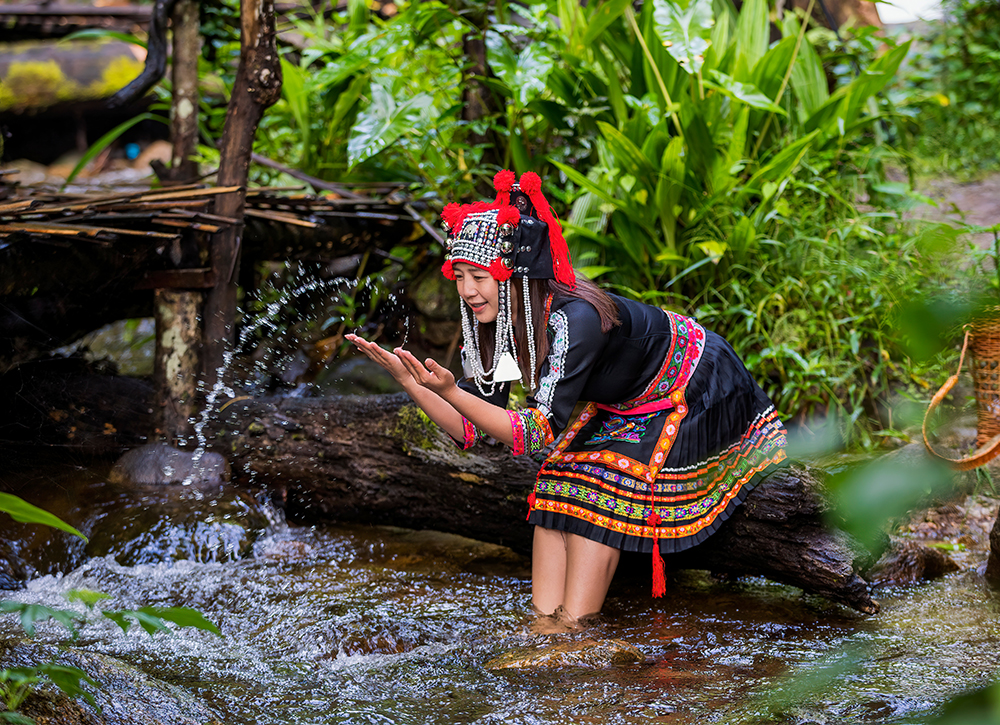
2 Days After the Putut
On the ninth day, the newlywed couple can finally live together as husband and wife. However, they’re not allowed to sleep together during the next five days. This “atufang” period is an important custom that serves to validate the marriage.
During the atufang, the couple performs rituals separately to ensure the blessing of their union. For the husband, he is instructed to bathe in spring water and take note of every detail that comes his way. On the other hand, the wife is sent off to weed in the fields. Any incidents that may happen are considered warnings to the couple and can lead to the postponement of their ormangmang (living together).
The final stage of the atufang involves the couple covering burning charcoals with rice husks overnight. This ritual is done to test if their wedding is blessed. If the fire goes out the morning after, the marriage is considered void. Otherwise, the couple can proceed to the final marriage ceremony.
The Final Step
To conclude the entire Igorot wedding ritual, the couple celebrates the manmanok. This event is where the bride and groom’s parents share a meal to declare that the newlyweds can officially sleep together.
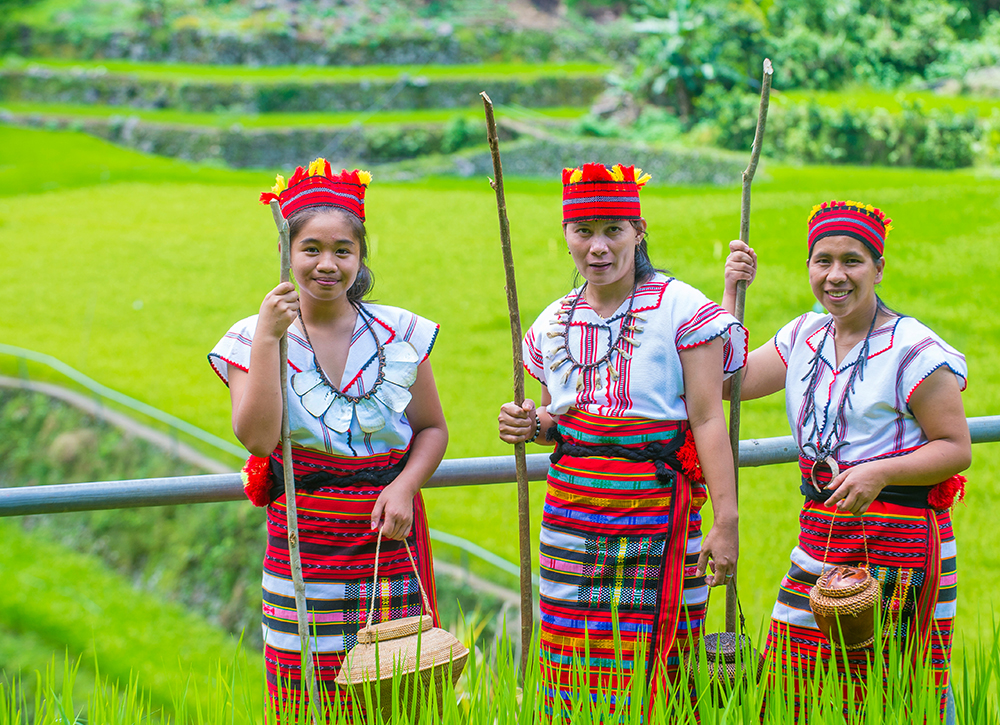
Celebrating Igorot Weddings in the Philippines
The wedding traditions of the Igorot tribe continue to be practiced today. But, instead of having ten days or so of celebrations, the bride and groom have the option to customize their wedding rites according to their preferences. Some modern-day ritual ideas can be:
- Choosing to celebrate the wedding ceremony in an outdoor or indoor wedding venue instead of holding them in each other’s houses.
- The couple can continue to play traditional music with remixes of more modern tunes.
- Instead of adorning the bright red colors of the Igorot tribe, the couple can choose to wear modern-styled clothes with muted colors. They can use the woven patterns of the Igorot as an accent to their outfit.
As long as the bride and groom consent the the wedding rituals they want to perform, they have free reign to plan their celebration. The same idea goes for interfaith weddings in the Philippines. If both parties or tribes have a mutual agreement on the couple’s union, the bride and groom-to-be can compromise on which marriage customs to include in their wedding.



